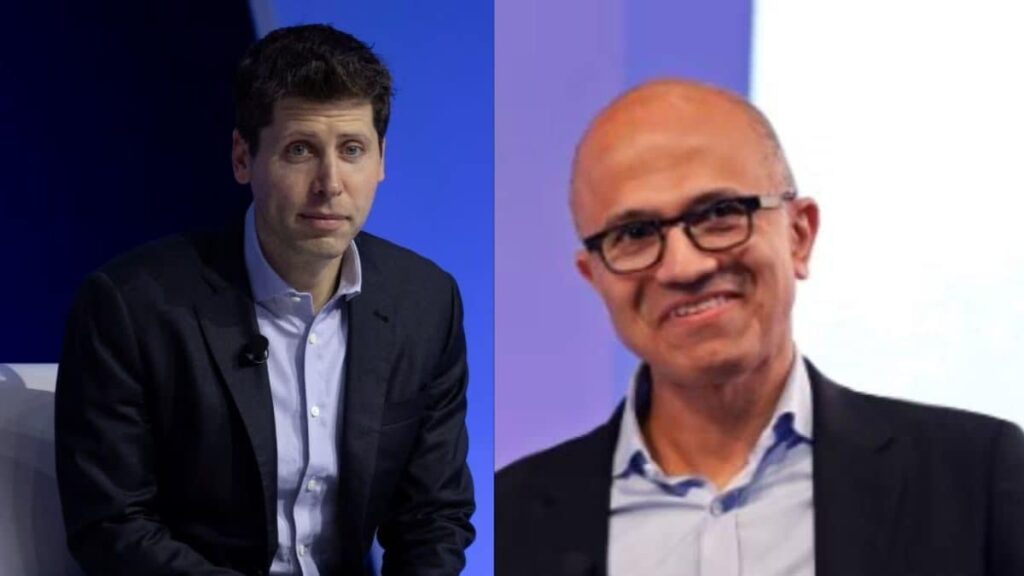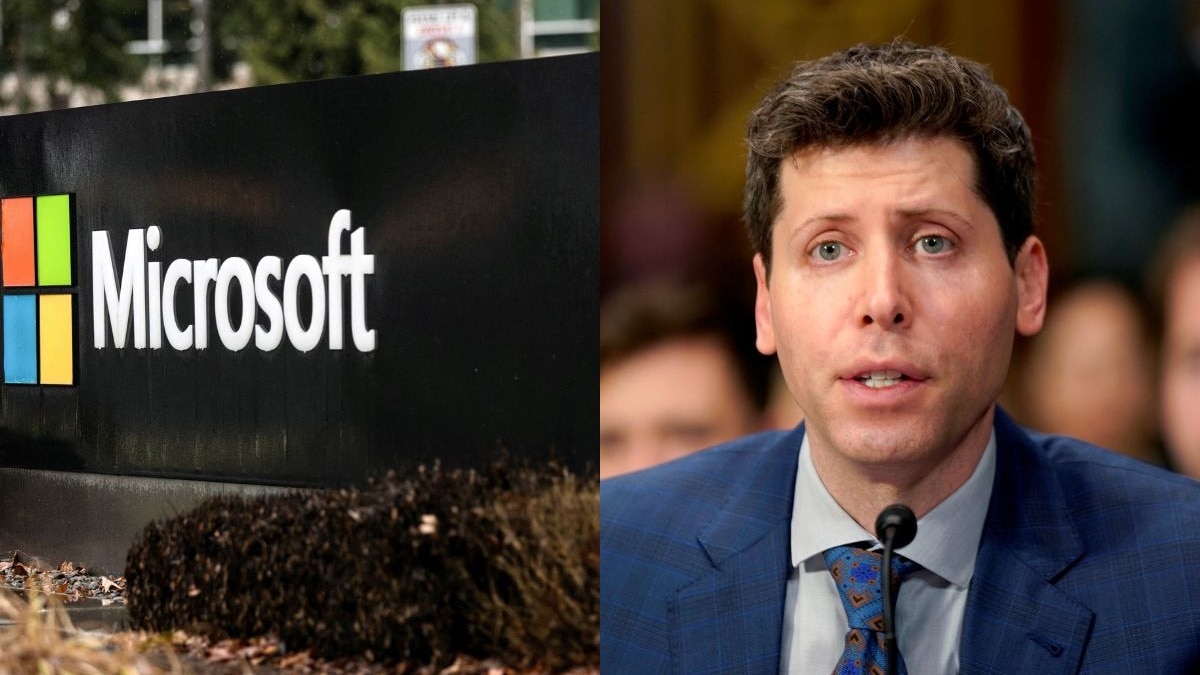Microsoft is hiring Sam Altman and Greg Brockman from OpenAI. OpenAI removed Altman as CEO because the board lost confidence in his leadership. Following discussions over the weekend, Microsoft’s CEO
revealed that Altman and Brockman will now head Microsoft’s new advanced AI research team. Altman will be the CEO of this new group.
Microsoft’s Strategic Move
Nadella expressed excitement about Sam Altman and Greg Brockman joining Microsoft to lead a new advanced AI research team. Nadella looks forward to providing them with the necessary resources for success.
Altman confirmed his move to Microsoft on X (formerly Twitter) by reposting Nadella’s message with the note “the mission continues.” In response, Nadella hinted at Altman’s new CEO role, emphasizing Microsoft’s approach of allowing founders and innovators space to build independent identities and cultures within the company. This strategy has been applied to various Microsoft acquisitions, such as GitHub, Mojang Studios, and LinkedIn.
Microsoft typically designates a CEO title for leaders of separate or significant businesses within the company. For instance, Phil Spencer was recently named Microsoft Gaming CEO. This practice extends to various acquisitions, including GitHub, LinkedIn, Mojang, and Activision Blizzard. The assignment of a CEO title to Altman in the new advanced AI research team suggests potential broader plans for this venture at Microsoft.
Brockman disclosed that Microsoft’s new team will include key talent from OpenAI. Jakub Pachocki, OpenAI’s director of research, will take on an undisclosed leadership role in Microsoft’s advanced AI research team.
Szymon Sidor and Aleksander Madry, both from OpenAI, will also assume leadership positions at Microsoft, as per Brockman. Employees from OpenAI are expressing concerns on X, indicating the possibility of more resignations.

Microsoft’s AI Chip Initiative
Altman’s hiring happened shortly after negotiations with OpenAI’s board failed to reinstate him as CEO. Instead, Emmett Shear, former CEO and co-founder of Twitch, has been appointed as interim CEO. Shear will replace Mira Murati, who served as interim CEO after Altman’s unexpected dismissal on Friday.
Altman had been in talks to return as OpenAI CEO, but the board, consisting of four individuals, declined to step down and allow his return. Multiple sources informed The Verge that Altman was exploring a separate startup focused on creating custom
AI tensor processing unit (TPU) chips to rival Nvidia. Known as “Tigris,” the TPU project garnered attention from prominent venture firms and even attracted interest from Microsoft.
Just a week after Microsoft revealed the development of its own custom AI chip for training large language models, the company has introduced a new advanced AI research team led by Altman and Brockman.
This move is seen as a strategic effort to lessen dependence on Nvidia and avoid potential costs. Microsoft has also created its own Arm-based CPU tailored for cloud workloads, and both custom chips are intended to power Azure data centers.
Altman, along with OpenAI, had been collaborating with Microsoft to refine and test the Maia AI chip. Although Microsoft downplayed the chip’s impact on its existing Nvidia partnership, the Maia GPU is part of a series, and the company is already working on a second generation.
Microsoft maintains a “multibillion dollar investment” in OpenAI, estimated to be around $10 billion. The company serves as the exclusive cloud partner for OpenAI, with its cloud services supporting all OpenAI workloads, including products, API services, and research.
Nadella expressed Microsoft’s ongoing commitment to its partnership with OpenAI, emphasizing confidence in the product roadmap, innovation capabilities highlighted at Microsoft Ignite, and continued support for customers and partners. He also expressed eagerness to collaborate with Emmett Shear and OpenAI’s new leadership team.


Leave a Reply